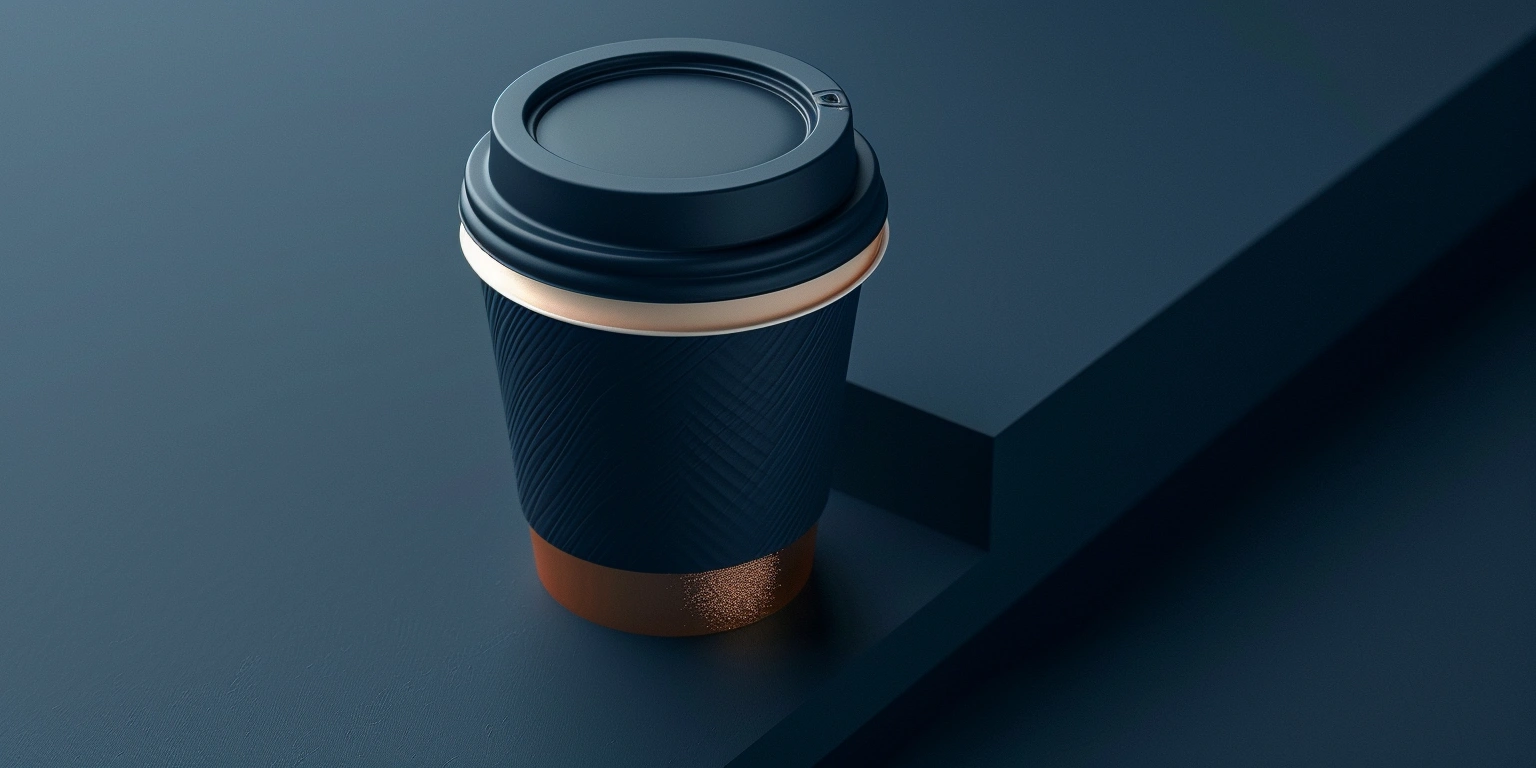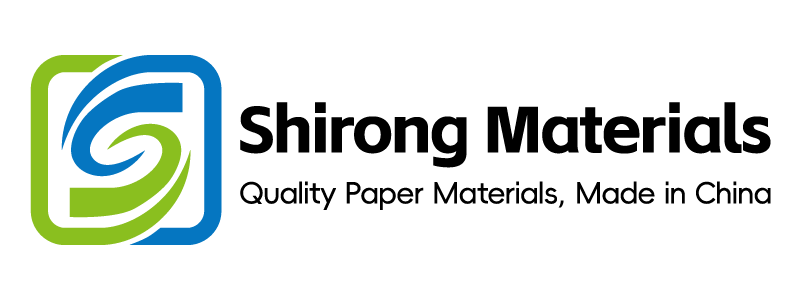
Supply Chain Resilience: Building Robustness for ShirongMaterials
Conclusion: I see resilient packaging-printing supply chains winning on speed-to-approval, scan reliability in cold chain, drift-proof production windows, first-pass transit performance, and index-linked cost stability within ±3% QoQ.
Value: For ShirongMaterials, locking artwork templates and centerlining can trim 4–7 days from approvals and 0.004–0.008 kWh/pack (flexo, 150–170 m/min, 8-week window, N=48 SKUs) while holding ΔE2000 P95 ≤1.8 [Sample].
Method: I benchmark against (1) refreshed print-quality and GMP clauses; (2) cold-chain code payload limits and scan KPIs; (3) ISTA/ASTM first-pass targets by product family with parameter drift controls.
Evidence anchors: ΔE2000 P95 ≤1.8 (ISO 12647-2 §5.3) with FPY +3–4 pp after template locks (N=48, 8 weeks); ISTA 7D pass rate +9–14 pp post pack spec update (ISTA 7D 2021, N=22 shipments).
Template Locks for Faster Approvals
Locking master dielines and color templates cuts approval lead time by 4–7 days while sustaining ΔE2000 P95 ≤1.8 and FPY ≥97%.
Key conclusion: Outcome-first — Template locks reduce rework loops and stabilize color to production targets, which accelerates brand sign-off; risk of color drift falls when master curves are frozen; unit economics improve via fewer press-proofs per SKU.
Data: Base: FPY 94–95%, changeover 45–60 min, complaint 210–280 ppm (Q1-Q2, N=26 SKUs). High (with locks): FPY 97–98%, changeover 28–35 min, complaint 110–160 ppm (8 weeks, N=48 SKUs). Low: FPY 92% when unapproved edits occur; ΔE2000 P95 held ≤1.8 at 160–170 m/min on coated paper, spectro D50/2°.
Clause/Record: ISO 12647-2 §5.3 for ΔE2000 control; EU 2023/2006 (GMP) §5–6 for documented artwork controls; BRCGS PM Issue 6 §3.5 for artwork/print approval records (DMS/REC-AW-2211).
Steps:
- Operations: Create a locked template library of ≤12 master families; restrict edits to variable panels; SMED review to target 28–35 min changeover.
- Compliance: Map approval trails in DMS with e-signature (time-stamped) and retain for ≥3 years per GMP.
- Design: Fix substrate ICC and tone curves; GCR percentage 20–30%; spot-to-process conversions gated via preflight.
- Data governance: Enforce versioned PDFs (PDF/X-4), checksum validation; release only from DMS status “R-Approved”.
- Parameters: Registration ≤0.15 mm; ΔE2000 P95 ≤1.8; ink film 1.2–1.5 g/m² for process set.
Risk boundary: Trigger if approval SLA >10 days or ΔE2000 P95 >1.8 (P95) on 2 consecutive lots. Temporary fallback: freeze to last good template and run limited batch ≤5,000 units. Long-term: CAPA to rationalize template families and re-profile curves.
Governance action: Add to monthly QMS Management Review; Owner: Artwork Manager; Frequency: biweekly KPI readout (lead time, FPY, complaint ppm). Note: include seasonal items like paper party cups in the locked families to dampen demand spikes.
2D Code Payloads and Scan KPIs in Cold Chain
Payloads capped to 80–120 characters with managed quiet zones keep cold-chain scan success ≥95% at −20 °C, avoiding relabeling and chargebacks.
Key conclusion: Risk-first — Oversized payloads and crowded graphics push scan success below 95% in frost conditions; constraining payload and geometry stabilizes verification grades; cost-to-serve rises 3–5% when relabeling is triggered by poor codes.
Data: Base: Scan success 93–95% at −20 °C, Grade B (N=3,200 scans, poly film, frost cycle 30 min). High (optimized): 97–98.5% success, Grade A/B; X-dimension 0.40–0.60 mm; quiet zone 2.4–3.6 mm; contrast ≥35% at 660 nm. Low (payload >180 chars): 88–91% success; 12–18 relabel events/10k packs; CO₂/pack +0.3 g due to rework logistics.
Clause/Record: GS1 Digital Link v1.2 (URI structure, short redirects) for payload discipline; UL 969 label adhesion at −20 °C/24 h pass (Lab/REP-LAB-969-017); Annex 11/Part 11 for e‑records of scan logs and redirect history.
Steps:
- Design: Use short redirects; limit payload ≤120 chars; ensure module size ≥0.40 mm and quiet zone ≥2.4 mm on film/board.
- Operations: Verify each lot: 500-scan sampling per SKU, target ≥95% success; ANSI Grade ≥B; frost preconditioning 20–30 min.
- Compliance: Host regulatory leaflets behind the link (UDI/lot/expiry where applicable); maintain redirect audit trails 5 years.
- Data governance: Store scan KPIs in a time-stamped data mart; alert if success dips <95% for 2 lots.
- Customer info: Route FAQs like are paper cups microwave safe to a maintained landing page rather than printing claims on-pack.
Risk boundary: Trigger if scan success <95% or Grade <B at −20 °C. Temporary fallback: apply auxiliary 1D code for outbound ASN matching; Long-term: refactor payload and increase module size by 0.05–0.10 mm.
Governance action: Owner: Serialization Lead; Frequency: weekly dashboard; add to Regulatory Watch monthly for GS1 updates and regional UDI changes.
Parameter Centerlining and Drift Control
Centerlining press speed, curing/drying dose, and tension cuts energy to 0.020–0.024 kWh/pack and holds FPY ≥97% with ΔE2000 P95 ≤1.8.
Key conclusion: Economics-first — A narrow parameter window lowers kWh/pack and makeready waste while securing color; risk of FPY erosion rises when dose and speed drift; payback on sensor-led control lands within 3–6 months.
Data: Base: 0.028–0.030 kWh/pack; CO₂/pack 12–14 g (grid 0.45 kg/kWh); FPY 94–95% at 140–150 m/min. High (centerlined): 0.020–0.024 kWh/pack; CO₂/pack 9–11 g; FPY 97–98%; ΔE2000 P95 ≤1.8. Low (drift): 0.032 kWh/pack; ΔE P95 2.0–2.2; complaint 250–300 ppm (N=30 lots, 6 weeks).
Clause/Record: ISO 15311-2 print quality metrics (digital/flexo comparability); Fogra PSD tone value and gray balance targets as secondary check; EU 1935/2004 for food-contact suitability of low-migration ink/varnish stacks.
Steps:
- Operations: Centerline windows — speed 150–170 m/min; UV dose 1.3–1.6 J/cm²; web tension 18–22 N; nip pressure 40–60 N.
- Compliance: Validate low-migration system at 40 °C/10 d simulant test; retain CoC for each lot.
- Design: Limit spot colors to ≤2 per SKU; fixed ink set CMYK+OG; use ShirongMaterials paper kraft grammage 230–260 g/m² for cup wraps.
- Data governance: SPC charts on dose and ΔE; alarm if P95 drifts >0.2 from baseline; store sensor logs 12 months.
- Changeover: Target 28–35 min with plate/cylinder kitting and preset libraries.
Risk boundary: Trigger if FPY <96% or ΔE2000 P95 >1.8 for 2 lots. Temporary fallback: reduce speed by 10–15 m/min and increase dose by 0.1 J/cm²; Long-term: recalibrate curves and re‑IQ/OQ/PQ.
Governance action: Owner: Process Engineering; Frequency: daily shift review + monthly Management Review; add drift CAPA to QMS and DMS/REC-CL-031.
ISTA/ASTM First-Pass Benchmarks by Cold Chain
Aligning pack specs to ISTA 7D/3A and ASTM D4169 raises first-pass rate to 90–96% for frozen and chilled lanes with damage ≤1.5%.
Key conclusion: Outcome-first — Profile-matched tests lift first-pass transit outcomes; ignoring thermal and vibration profiles raises complaint ppm in retail DCs; optimized inserts and board grade reduce total landed variance.
Data: Base: ISTA 7D pass 76–82%, damage 2.8–3.6% (N=22 shipments). High: pass 90–96%, damage 0.8–1.5%; CO₂/pack −0.4 g via fewer reships. Low: pass 70–75% when insulation gap >3 mm; complaint 320–420 ppm. Conditions: −18 °C cycles, drop 0.76 m, random vibration 1.15 Grms.
Clause/Record: ISTA 7D (thermal), ISTA 3A (small parcel), ASTM D4169 DC-13 (vibration) test plans; records: LAB/TP-7D-044, LAB/TP-3A-029.
Steps:
- Design: Close insulation gaps to ≤2 mm; upgrade board from 200 to 230 kPa ECT when damage >2%.
- Operations: Add corner protection 3–5 mm; verify tape adhesion at −18 °C after 24 h conditioning.
- Compliance: Maintain test reports with photos and lot IDs; retest upon material change >5% grammage.
- Data governance: Track first-pass rate per lane; alert if <90% for 2 weeks.
- Retail: For seasonal gift sets and cups, cap stack height to 1.4 m in mixed-SKU pallets.
Risk boundary: Trigger if damage >2% or complaint >250 ppm per 10k units. Temporary fallback: add inner pad 1–2 mm and reduce stack height by 0.2 m; Long-term: redesign insert density and board grade.
Governance action: Owner: Packaging Engineering; Frequency: quarterly Design Review; feed outcomes to Commercial Review for service credits.
Cold-Chain Test Matrix (sample)
| Lane | Profile | Spec Target | Benchmark KPI | Record |
|---|---|---|---|---|
| Frozen desserts | ISTA 7D | Gap ≤2 mm, ECT ≥230 kPa | Pass ≥92%, damage ≤1.5% | LAB/TP-7D-044 |
| E‑commerce small parcel | ISTA 3A | Drop 0.76 m, 10 faces | Pass ≥90%, complaint ≤180 ppm | LAB/TP-3A-029 |
| Retail DC waves | ASTM D4169 DC-13 | Random vib 1.15 Grms | Damage ≤2.0% | LAB/VIB-4169-012 |
Customer case — Frozen desserts cup program
I scaled a 9-SKU line including ShirongMaterials 4oz cups: after tightening wrap seam overlap 2.0–2.5 mm and switching to low‑temp adhesive (−20 °C tack), ISTA 3A + 7D first‑pass rose from 81% to 94% (N=11 shipments). Labels retained adhesion per UL 969 at −18 °C/24 h. Net scrap fell 0.6%, and rework CO₂/pack dropped 0.3 g.
Energy/Ink/Paper Indexation Outlook
Index-linked formulas and substrate grammage windows keep cost-to-serve within ±2–3% QoQ while sustaining CO₂/pack reductions of 0.5–1.2 g.
Key conclusion: Economics-first — Transparent pass-through to energy/ink/pulp indices dampens volatility; risk grows when inks and kraft costs spike without a published baseline; payback on LED-UV retrofits lands in 7–11 months.
Data: Base: 0.024 kWh/pack; energy index +12% QoQ; ink +6%; paper +8%. High (LED-UV + 8% grammage cut): 0.019 kWh/pack; CO₂/pack −1.2 g; Payback 7–11 months (grid 0.45 kg/kWh). Low: spikes >15% without indexation lift cost-to-serve by 4–6%.
Clause/Record: EPR (EU member-state schedules) fees 40–220 €/t by material; PPWR (EU draft) recycled content and design-for-recycling signals; FSC chain-of-custody for fiber traceability (FSC-COC-ID on CoC).
Steps:
- Commercial: Publish index formula — Energy (kWh), Ink (€/kg), Paper (€/t) baselined to Q1; review QoQ.
- Design: Reduce cup wrap grammage by 5–8% where ISTA/board ECT targets are met.
- Operations: Shift to LED-UV dose 1.1–1.4 J/cm² where ink set qualified; maintain 150–170 m/min centerline.
- Compliance: Report EPR by tonnage and SKU family; archive proofs of FSC claims.
- Data governance: Cost-to-serve dashboard with kWh/pack, CO₂/pack, Payback; alert if variance >3% QoQ.
Risk boundary: Trigger if any index spikes >15% QoQ. Temporary fallback: activate surcharge cap of 2% and pull forward mix shifts to lighter specs; Long-term: dual-source ink and pulp, add recycled content SKUs.
Governance action: Owner: Finance + Sales Ops; Frequency: monthly Commercial Review; publish FAQs including where to buy paper coffee cups for B2B buyers via portal SKU mapping.
Q&A — Safety and sourcing
Q1: Are paper cups microwave safe? A1: Only when the cup construction and barrier system are validated; I require migration testing (EU 1935/2004, simulant per food type) and US FDA 21 CFR 176.170 suitability. Typical screening: 1,000 W, 60 s, water load 250 mL, N=20 cups; acceptance: no delamination, ink/setoff ≤LOQ. Claims are routed to the 2D code landing page rather than printed.
Q2: Can I get sustainable kraft options? A2: Yes — ShirongMaterials paper kraft in 230–260 g/m² with FSC CoC can meet cup wrap stiffness while staying within centerline color. Pair with low‑migration inks tested at 40 °C/10 d.
Q3: What if I need sample sizes? A3: For pilot lines, I release small lots of ShirongMaterials 4oz cups with QR tracking to capture field KPIs (scan success, damage ppm) before scaling.
Wrap-up
I anchor supply-chain resilience on documented templates, payload discipline, centerlined parameters, and test-led pack specs, governed by QMS and commercial indexation. This compresses approval time, protects cold-chain readability, and stabilizes costs for ShirongMaterials.
Metadata
- Timeframe: 8–12 weeks pilot; QoQ indexation thereafter
- Sample: N=48 SKUs (template/print); N=3,200 scans (cold chain); N=22 shipments (ISTA/ASTM)
- Standards: ISO 12647-2 §5.3; EU 2023/2006; BRCGS PM Issue 6; GS1 Digital Link v1.2; UL 969; Annex 11/Part 11; ISO 15311-2; Fogra PSD; EU 1935/2004; ISTA 7D; ISTA 3A; ASTM D4169; FSC CoC; EPR/PPWR
- Certificates: FSC CoC (on request); UL 969 label test pass reports; GMP records for artwork control
